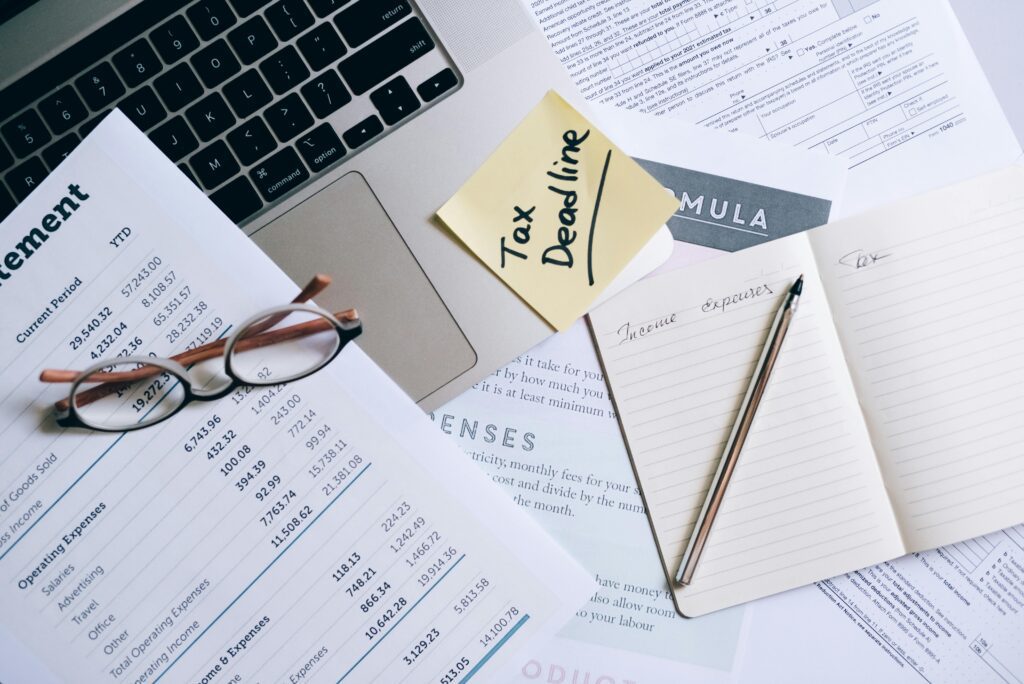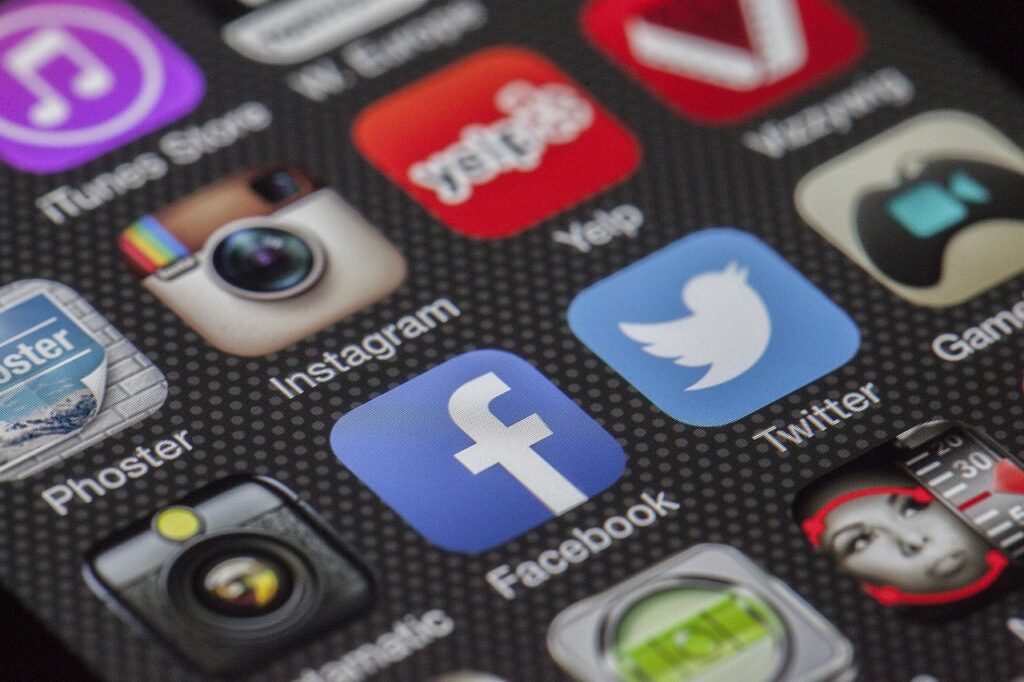Customer churn continues to plague subscription-based businesses, with the average global churn rate for subscription businesses reaching 5.6% per month [1]. However, businesses that implement pre-billing reminder emails experience significantly lower churn rates on the days leading up to billing cycles, transforming a traditionally problematic touchpoint into a powerful retention tool [2].
What Are Pre-Billing Reminder Emails and Their Core Components?
Pre-billing reminder emails are automated notifications sent to customers before their recurring payment is processed, typically 3-7 days in advance of the billing date. These strategic communications serve as a proactive customer retention mechanism rather than a reactive billing surprise.
The core components of effective pre-billing reminder emails include clear billing information with service descriptions, payment amounts, and due dates. They feature transparent contact information and payment update options, while maintaining brand consistency through logos, fonts, and color schemes. Most importantly, they provide seamless integration with customer self-service portals for easy account management.
Why Pre-Billing Reminder Emails Matter in Digital Marketing Strategy
Pre-billing reminder emails have become essential in digital marketing due to their direct impact on customer retention and revenue predictability. Research demonstrates that these emails achieve the highest open rates among all email types, making them a powerful communication channel for reducing churn and increasing revenues.
Current statistics reveal the critical importance of this strategy. Payment failures account for 10-15% of customer churn in early-stage SaaS firms, leading to higher overall churn rates [6]. The average annual churn rate for B2B SaaS companies stands at 3.5%, with involuntary churn comprising 0.8% of this figure [7]. Additionally, increasing customer retention by just 5% can boost profits by 25% to 95%, making retention strategies like pre-billing reminders financially compelling [8]. For subscription companies, the average yearly churn rate typically falls between 5-7%, with monthly averages around 4% [9]. Studies show that 71% of survey respondents cite price increases as the number one reason for customer loss, highlighting the importance of transparent billing communication [10].
The Psychology Behind Pre-Billing Reminder Emails and Consumer Behavior
Pre-billing reminder emails leverage several powerful psychological principles that influence consumer decision-making and payment behavior.
Reciprocity and Value Exchange: The reciprocity principle suggests that the more value businesses provide, the more they receive in return. Pre-billing reminder emails demonstrate care for customer convenience by providing advance notice, creating a sense of obligation to maintain the subscription relationship. This approach fosters stronger customer relationships by offering predictable, reliable service communication.
Fear of Missing Out (FOMO) and Continuity: FOMO represents the psychological phenomenon where consumers fear missing important opportunities. Pre-billing reminder emails create urgency around maintaining service continuity, emphasizing what customers might lose if payments fail. This psychological trigger motivates immediate action to prevent service interruption.
Social Proof and Payment Behavior: Including testimonials or statistics about other customers who maintain timely payments creates social proof that influences behavior. When customers see that prompt payment is the norm among their peers, they feel compelled to conform to avoid negative judgment. This social pressure increases payment compliance and reduces voluntary churn.
How Pre-Billing Reminder Emails Work in Practice
The mechanics of pre-billing reminder emails involve a strategic sequence of automated communications designed to prevent payment failures and reduce churn.
Step 1: Automated Trigger Setup – The system identifies upcoming billing dates 7-10 days in advance and automatically generates reminder campaigns. For example, a streaming service like Netflix would trigger reminders on the 23rd of each month for subscriptions renewing on the 1st [4].
Step 2: Content Personalization and Segmentation – The email system personalizes content based on customer data, subscription type, and payment history [4]. A SaaS company might send different reminder templates to enterprise clients versus individual users, highlighting relevant features and usage metrics [16].
Step 3: Multi-Channel Delivery Optimization – Advanced systems deploy reminders across email, SMS, and in-app notifications based on customer preferences. Healthcare providers have found optimal frequency involves one text message followed by emails every 10 days [17].
Step 4: Payment Link Integration – Each reminder includes direct payment links and account update options to streamline the payment process. Subscription box services integrate one-click payment buttons that redirect customers to secure payment portals.
Step 5: Response Tracking and Follow-up – Systems monitor email opens, clicks, and payment completions to trigger additional communications if needed. Companies track metrics like open rates, payment completion rates, and churn reduction to optimize timing and content.
Step 6: Integration with Customer Success – Failed payment attempts trigger customer success outreach for high-value accounts. B2B SaaS companies often connect at-risk customers with customer success managers when pre-billing reminders don’t result in payment updates.
Why Pre-Billing Reminder Emails Prove Highly Effective for Retention

Proactive Communication Prevents Involuntary Churn: Pre-billing reminder emails address involuntary churn by giving customers advance notice to update expired payment information. Research shows that over 70% of credit cards get updated automatically through bank partnerships, but reminders ensure customers can manually update information when automatic updates fail [20].
Trust Building Through Transparency: Transparent billing communication builds customer trust by avoiding surprise charges that lead to negative reviews and chargebacks. Companies that skip pre-billing notifications often face higher customer service costs and negative word-of-mouth marketing.
Revenue Protection and Cash Flow Improvement: Pre-billing reminder emails maintain steady revenue streams and prevent the revenue disruption caused by failed payments. Studies demonstrate that payment reminders prevent churn and maintain steady cash flow for banks and subscription businesses.
Enhanced Customer Experience and Satisfaction: These emails demonstrate commitment to customer convenience and proactive service, leading to higher satisfaction scores. Customers appreciate advance notice that helps them avoid late fees and service interruptions.
How to Implement Pre-Billing Reminder Emails Successfully
Step 1: Choose the Right Email Marketing Platform – Select platforms with robust automation capabilities like Klaviyo for advanced behavioral tracking, Brevo for omnichannel integration, or Sender for cost-effective automation. These platforms offer pre-built automation flows specifically designed for subscription businesses.
Step 2: Set Up Automated Triggers and Timing – Configure your system to send reminders 7 days before billing, with follow-up reminders at 3 days and 1 day before the charge. Avoid over-communication, as research shows optimal frequency involves strategic spacing rather than frequent reminders.
Step 3: Design Mobile-Optimized Email Templates – Create responsive email templates that display correctly across devices, including clear subject lines like “Your [Service] renewal is coming up”. Include all relevant billing details with highlighted important information like due dates and payment amounts.
Step 4: Implement Payment Gateway Integration – Ensure seamless integration between your email system and payment processors to provide one-click payment and account update options. Create dedicated pages for card updates that are mobile-friendly and easily accessible.
Step 5: Establish Customer Segmentation Rules – Segment customers based on subscription type, payment history, and risk factors to deliver personalized reminder content. High-value B2B customers might receive more detailed reminders with customer success contact information.
Step 6: Monitor Performance Metrics and Optimize – Track key metrics including open rates, click-through rates, payment completion rates, and churn reduction. Use A/B testing to optimize subject lines, send times, and email content.
Step 7: Integrate with Customer Support Systems – Connect your reminder system with customer support tools to flag accounts that don’t respond to reminders. This enables proactive outreach for high-value customers at risk of churning.
Advanced Strategies for Maximizing Pre-Billing Reminder Email Effectiveness
Beyond basic implementation, sophisticated businesses leverage advanced tactics to maximize the impact of their pre-billing reminder campaigns [2][12].
Behavioral Trigger Integration: Advanced systems integrate customer usage data to customize reminder content based on engagement levels. Low-usage customers receive reminders highlighting underutilized features, while power users get early access to new functionality.
Dynamic Content Personalization: AI-powered platforms create dynamic email content that adapts based on customer behavior, subscription tier, and payment history. This level of personalization significantly improves engagement and reduces churn risk.
Cross-Channel Orchestration: Leading companies coordinate pre-billing reminders across email, SMS, push notifications, and in-app messages for maximum reach. This omnichannel approach ensures customers receive reminders through their preferred communication channels.
Conclusion: The Strategic Imperative of Pre-Billing Reminder Emails
Pre-billing reminder emails represent a critical component of modern customer retention strategies, directly addressing the involuntary churn that costs subscription businesses millions in lost revenue. These communications transform potentially negative billing experiences into positive customer touchpoints that build trust and demonstrate service value.
The psychology behind effective pre-billing reminders leverages reciprocity, FOMO, and social proof to motivate timely payments while strengthening customer relationships. When implemented strategically with proper automation, personalization, and integration, these emails become powerful tools for reducing churn and improving cash flow.
The most successful businesses recognize that pre-billing reminder emails are not just billing notifications—they are strategic marketing communications that can make the difference between customer retention and costly churn. In an increasingly competitive subscription economy, companies that master this apparently simple but psychologically sophisticated communication strategy will maintain significant advantages in customer lifetime value and sustainable growth.
frequently asked questions
1. How often should I send pre-billing reminder emails to customers?
The optimal frequency for pre-billing reminder emails is a maximum of 2-4 reminders per billing cycle. Send the first reminder 7-10 days before the due date, followed by a second reminder 3-5 days before billing. Research shows that 85% of customers want to pay on time, so giving adequate lead time prevents payment failures. Avoid sending more than four emails per month, as excessive reminders can damage customer relationships and increase unsubscribe rates. The key is strategic timing rather than frequency—businesses that implement proper scheduling see up to 97.2% resolution rates for payment issues [3].
2. What is the best time to send pre-billing reminder emails for maximum effectiveness?
Pre-billing reminder emails should be sent 24-48 hours before the billing event for optimal response rates. For subscription services, send the initial reminder 7 days before renewal, with a follow-up 1 day before the billing date [4]. Industry data shows that subscription renewal reminders sent 10 days before billing achieve higher retention rates. The timing varies by business type: banks should send credit card reminders one week before due dates, while subscription services benefit from 5-7 day advance notices. Late morning delivery (according to customer time zones) maximizes inbox visibility and engagement rates [6].
3. How much can pre-billing reminder emails improve my business cash flow?
Pre-billing reminder emails can significantly improve cash flow by reducing involuntary churn and payment failures. Studies show that 29% of past-due customers simply forget to pay on time, making reminders highly effective [7]. Businesses implementing automated billing reminders report improved payment rates and reduced administrative costs associated with manual follow-ups [2]. The financial impact includes preventing revenue disruption from failed payments and maintaining steady cash flow streams. Companies using strategic pre-billing communications also experience reduced collection costs and stronger customer relationships, as 85% of customers prefer to pay on time when properly reminded.
4. What should I include in an effective pre-billing reminder email template?
Effective pre-billing reminder email templates must include clear billing information with service descriptions, payment amounts, and due dates. Essential elements include transparent contact information, one-click payment links, and account update options for seamless customer experience. The template should maintain brand consistency through logos, fonts, and color schemes while providing integration with customer self-service portals. Research indicates that personalization is vital for effective reminders, with customized content based on subscription type and payment history improving response rates. Include subject lines like “Your [Service] renewal is coming up” and ensure mobile optimization for maximum accessibility.
5. Can pre-billing reminder emails reduce customer churn rates?
Yes, pre-billing reminder emails significantly reduce customer churn by addressing involuntary churn causes. Payment failures account for 10-15% of customer churn in early-stage SaaS firms, making pre-billing reminders essential for retention [2]. These emails prevent service disruptions by giving customers advance notice to update expired payment information, as over 70% of credit cards get updated through various methods [9]. Pre-billing reminders sent before subscription renewals help reduce early attrition by informing customers about upcoming charges. Case studies demonstrate that sequence-based billing reminders resolve at least 97.2% of late-pay subscriber issues, directly preventing churn-related revenue loss [3].
- BluSynergy. “Best Practices for Automated Customer Email Notification.” October 11, 2020.
- Recharge. “How To Use Upcoming Order Emails to Proactively Reduce Churn.” September 26, 2021.
- Gravy Solutions. “Dunning: How to Reduce Involuntary Customer Churn and Increase Customer Retention.” October 13, 2022.
- LinkedIn. “The Power of FOMO in Email Marketing.” October 10, 2022.
- Healthcare Digital. “More bill reminders don’t lead to more payment, study claims.” April 18, 2023.
- Chargebee. “Churn Analysis: Different Steps To Understanding Why Customers Leave.” June 25, 2024.
- Adam Fard UX Studio. “Average Churn Rate for Subscription Services.” September 20, 2024.
- SEO Sandwitch. “An In-Depth Look at Churn Rate Statistics Across Industries.” November 13, 2024.
- Sprinklr. “40+ Customer Retention Statistics to Know in 2025.” December 31, 2024.
- Zoho. “12 key strategies for payment reminder emails in 2025.” January 30, 2025.
- Recurly. “How Your Customer Retention Rate Compare by Industry.” January 1, 2025.
- Acrelia. “How to apply reciprocity in email marketing.” January 1, 2025.
- Chaser. “The psychology of paying: Understanding customer payment behaviors.” January 25, 2024.
- Mailmodo. “SaaS Churn Prevention Email Sequence to Win-back Customers.” July 30, 2024.
- Chargebee. “23 Ways To Reduce Involuntary Churn.” Accessed June 24, 2025.
- Genio. “Psychological Insights: Enhancing Invoice Payments.” Accessed June 24, 2025.
- Sender. “13 Best Email Marketing Platforms: 2025 Review & Comparison.” June 20, 2025.
- Vitally. “Churn Rate Benchmarks & Insights for B2B SaaS Leaders in 2025.” April 23, 2025.
- LiveSession. “Key Customer Churn Indicators Every SaaS Business Should Monitor.” May 20, 2025.
- Emersion. “How Recurring Billing Taps into Consumer Behaviour.” May 22, 2025.
- Zoho. “10 Effective payment reminder email template examples for 2025.” May 26, 2025.
read more
Boost Revenue Now: Essential Advertising KPIs Every CEO Uses
Advertising Automation KPIs Every Marketer Should Track Picture this: companies are crushing it with $5.44 back…
10 Game-Changing Facebook Ads Workflows for 2025 Growth
Picture this: 76% of businesses using Facebook ads workflows slash their campaign management time by 30%….
10 Deadly Retargeting Mistakes Business Owners Make
Did you know that retargeting campaigns can boost conversion rates by up to 150%? Yet many…
10 Invoice Automation Workflows That Skyrocket Cash Flow Now
Are you still stuck with paper invoices and typing in data by hand? Here’s a…
Revolutionary: 10 Social Media Automation Strategies Crushing Competition
Imagine this: you’re staring at your calendar, heart racing as you realize your biggest event…
10 Hidden Price drop Automation Secrets Competitors Don’t Know
Did you know that 77% of businesses using marketing automation see increased conversion rates, while…







